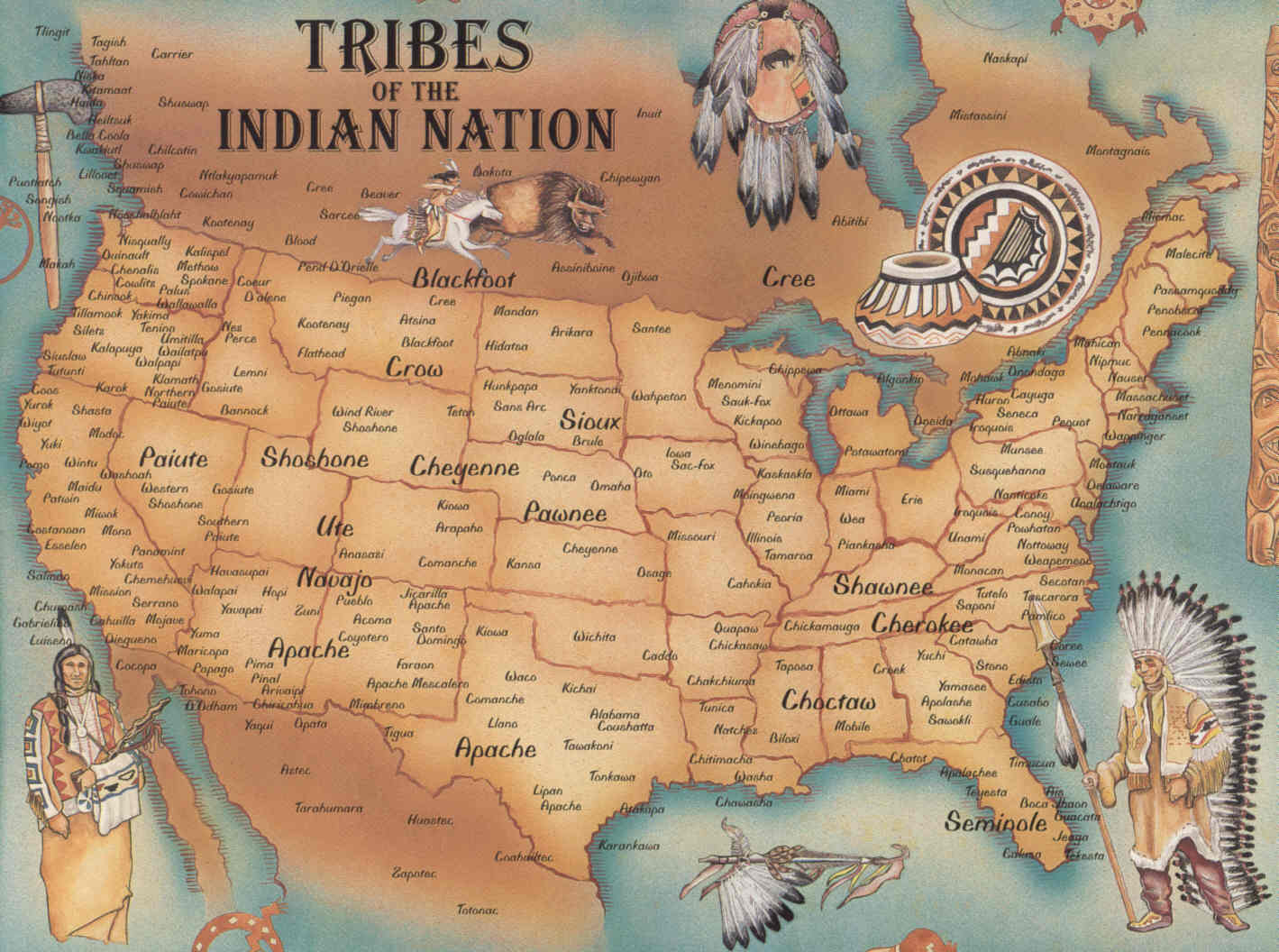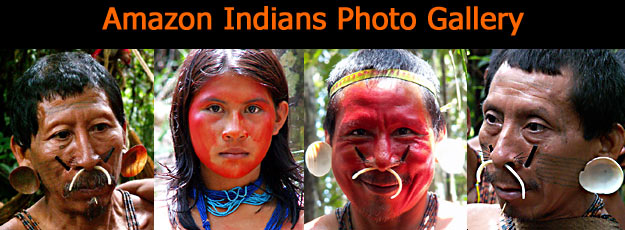
There are eight (8) state-recognized tribes located in North Carolina: the Coharie, the Eastern Band of Cherokee Indians, the Haliwa-Saponi, the Lumbee Tribe of North Carolina, the Meherrin, the Sappony, the Occaneechi Band of the Saponi Nation and the Waccamaw Siouan. How many state and federally recognized tribes are located in the state of North Carolina? North Carolina is home to the largest population of American Indians east of the Mississippi River. There were 99,541 American Indians located in the state of North Carolina when the 2000 US Census was conducted. How many American Indians reside in North Carolina? We do not have an exhibit space or American Indian artifacts on display at the Center. The Center is located in a brick house on Wilson Street with offices, a conference room and a student resource lounge. Directions and Parking Informationĭoes the American Indian Center have an exhibit space or is there a museum inside? The AIC is located at 205 Wilson Street, Chapel Hill, NC 27516 on the campus of UNC.

Where is the American Indian Center located? Representative 1795-1801, Secretary of the Treasury 1802-1814, Ambassador to France 1816-1823, Ambassador to Great Britain 1826-1827, co-founder New York University 1831, President of the Bank of the United States 1831-1839, co-founder American Ethnological Society 1842.Frequently asked questions about Americans Indians and the American Indian Center The Lord's Prayer in Cherokee, Muskhogee, Choctaw, and DahcotaĪlbert Gallatin (1761–1849) immigrated to the United States from Switzerland in the 1780s. Short Comparative Vocabulary of the Choctaw and Muskhogee Supplementary Vocabulary, (Muskhogee, Choctaw, Caddo, Mohawk, Seneca, Cherokee,) Comparative Vocabulary for Fifty-three Tribes Note by the Publishing Committee, respecting Tribes on Northwest Coast of America Specimens of Conjugations and Transitions Grammatical forms in the earliest stages of society,Īlgonkin-Lenape, (Massachusetts, Delaware, Chippeway, Micmac,) Suggestions respecting highly inflected languages Tenses and moods, compound words, multiplied forms, defective information Substantive verb conversion of nouns, &c. Labor the only means of preserving and civilizing the Indians, (Cherokee civilization,)ĭiversity of vocabularies and similarity of grammatical forms gender and number Means of subsistence (hunter state agricultural labor confined to women,) West of the Rocky Mountains: Want of vocabularies Salish, Atnahs, Shoshonees, ChinooksĬlimate forests and prairies geographical noticesĬonjectures (Asiatic origin semi-civilization of Mexico ancient works in United States,) Pawnees and Ricaras habits of western Indiansīlack Feet, Rapid Indians, other erratic tribes Sioux (Winebagoes, Dahcotas and Assiniboins, Shyennes, Minetares, Mandares, Crows, Quappas, Osages, Kansaws, Ioways, Missouris, Ottoes, Omahaws, Puncas,) Tribes of Lower Louisiana, east and west of the Mississippi (great diversity of languages) Southern Indians at the time of De Soto's expedition, Their social state (division into clans, worship of the sun, monarchical government Natchez) Muskhogees (proper, Seminoles, Hitchittees,) Southern Indians, (east of the Mississippi and in Louisiana) Southern (Tuteloes, Nottoways, Tuscaroras) Northern (Wyandots or Hurons, Extinct Tribes, Five Nations) Western, (Menomonies, Sauks, Foxes, Kickapoos and Mascoutins, Miamis and Piankishaws, Illinois, Shawnoes) Northeastern (Labrador, Micmacs, Etchemins, Abenakis)Įastern (New England, Mohicans, Manhattans, Long Island, Delawares and Minsi, Nanticokes, Susquehannocks, Conoys, Powhatans, Mannahoks, Pamlicoes) Northern (Knistinaux, Algonkins, Chippeways, Ottowas, Potowotamies, Mississagues) Kinai, Koluschen, &c., on the Pacific OceanĪthapascas, (Northern, Cheppeyans, Copper Mine, &c., Sussees, Tacullies) 1-422.Ī 208-page geographical, historical, and cultural introduction is followed by 214 pages of appendices of linguistic materials.

Published in the American Antiquarian Society's Archaeologia Americana, vol.


 0 kommentar(er)
0 kommentar(er)
